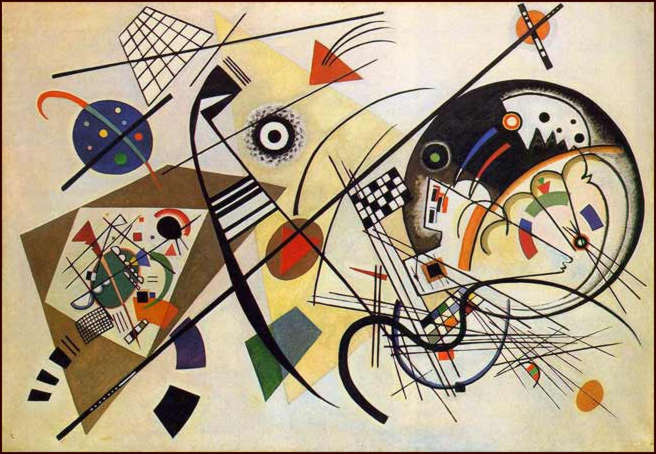"The white warrior no longer desires any other country save the land of his son and of his heart."
(José de Alencar, Iracema, 79)
Iracema's going pretty well, I guess. The story's interesting enough, but I'm still trying to get over the style of writing. I connect more with the overall arc and context of the story, so it was hard to find a single quote to write about. We've talked often about movies whose plots parallel the story of Iracema (Dances with Wolves, Pocahontas, Avatar). In class the other day, I thought of one that we haven't discussed: The Last Samurai.
To sum up the story (spoiler alert), Nathan Algren (Tom Cruise) is a former U.S. Civil War captain hired by the quickly modernizing (o sea Westernizing) Japan to lead their army against a rebellious group of Samurai who want to preserve the traditional ways of their culture. During a battle, he is taken prisoner by the "savage" Samurai and lives with them for several months:
As you can probably guess, he ends up finding inner peace while learning their ways, falling in love, and becoming one of them.
One of the most interesting differences (compared to Iracema) is that the main character is the Westerner. Further, instead of joining the natives willingly, he's captured by them. But the lessons he learns about himself, the people, and life change his attitude toward them. Eventually, he's given his own katana. To me, this is comparable to when Martim receives a native name and gets war-painted. The white warrior abandons his previous life to start a new one in "the land of... his heart."
Iracema is Alencar's way of defining Brazil's national identity - an origin story. In The Last Samurai, the story is not about origins but the preservation of a national identity. Katsumoto, the head Samurai, leads a rebellion against the emperor's armies to maintain Japanese legacy and traditions. At the same time, he's deeply loyal to the emperor (his former student) as the leader of Japan. Unfortunately, the emperor doesn't understand Katsumoto's motives until it's too late:
I think an important point to consider is the cost (on both sides) of the "Westerner" joining the "natives," oftentimes discovering a personal identity. Nathan Algren will never be with his people again, and Martim and Iracema's lives will be changed forever. Obviously they all have a choice, and the life they choose is probably better than the previous one. But different cultures coming into contact with each other is often messy.
(José de Alencar, Iracema, 79)
Iracema's going pretty well, I guess. The story's interesting enough, but I'm still trying to get over the style of writing. I connect more with the overall arc and context of the story, so it was hard to find a single quote to write about. We've talked often about movies whose plots parallel the story of Iracema (Dances with Wolves, Pocahontas, Avatar). In class the other day, I thought of one that we haven't discussed: The Last Samurai.
To sum up the story (spoiler alert), Nathan Algren (Tom Cruise) is a former U.S. Civil War captain hired by the quickly modernizing (o sea Westernizing) Japan to lead their army against a rebellious group of Samurai who want to preserve the traditional ways of their culture. During a battle, he is taken prisoner by the "savage" Samurai and lives with them for several months:
As you can probably guess, he ends up finding inner peace while learning their ways, falling in love, and becoming one of them.
One of the most interesting differences (compared to Iracema) is that the main character is the Westerner. Further, instead of joining the natives willingly, he's captured by them. But the lessons he learns about himself, the people, and life change his attitude toward them. Eventually, he's given his own katana. To me, this is comparable to when Martim receives a native name and gets war-painted. The white warrior abandons his previous life to start a new one in "the land of... his heart."
Iracema is Alencar's way of defining Brazil's national identity - an origin story. In The Last Samurai, the story is not about origins but the preservation of a national identity. Katsumoto, the head Samurai, leads a rebellion against the emperor's armies to maintain Japanese legacy and traditions. At the same time, he's deeply loyal to the emperor (his former student) as the leader of Japan. Unfortunately, the emperor doesn't understand Katsumoto's motives until it's too late:
I think an important point to consider is the cost (on both sides) of the "Westerner" joining the "natives," oftentimes discovering a personal identity. Nathan Algren will never be with his people again, and Martim and Iracema's lives will be changed forever. Obviously they all have a choice, and the life they choose is probably better than the previous one. But different cultures coming into contact with each other is often messy.


















